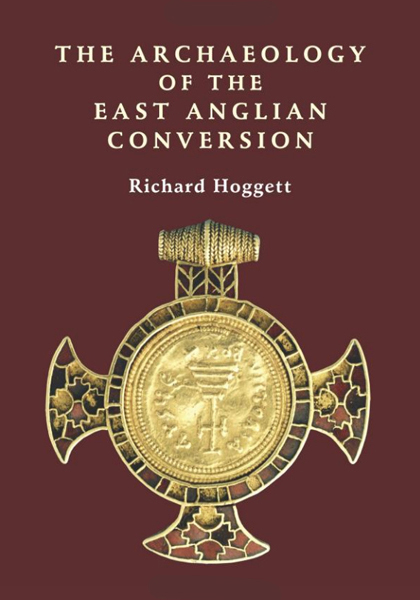Boydell Press (November 2010). 222 pages. 35 line illus. 13 b&w plates. ISBN: 9781843835950. Hardcover: £80.00 / Ebook: £19.99.
Drawing both on the surviving documentary sources, and on the eastern region’s rich archaeological record, this book presents the first multi-disciplinary synthesis of the process. It begins with an analysis of the historical framework, followed by an examination of the archaeological evidence for the establishment of missionary stations within the region’s ruinous Roman forts and earthwork enclosures. It argues that the effectiveness of the Christian mission is clearly visible in the region’s burial record, which exhibits a number of significant changes, including the cessation of cremation.
The conversion can also be seen in the dramatic upheavals which occurred in the East Anglian landscape, including changes in the relationship between settlements and cemeteries, and the foundation of a number of different types of Christian cemetery. Ultimately, it shows that far from being the preserve of kings, the East Anglian conversion was widespread at a grassroots level, changing the nature of the Anglo-Saxon landscape forever.
